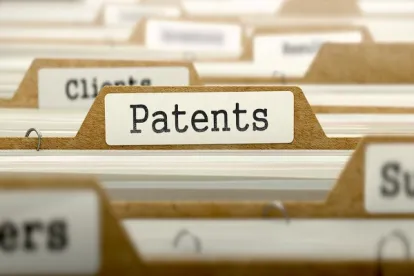The US Court of Appeals for the Federal Circuit clarified that the causal nexus necessary to prove irreparable harm in a multi-purchaser, multi-component setting does not require proof that the infringing feature is the driver of demand (i.e., that almost no buyers would purchase the product but for the infringing feature), but instead only requires evidence that the infringing feature is a driver of decisions by a substantial number of consumers considering multiple features. Genband US LLC v. Metaswitch Networks Corp., Case No. 17-1148 (Fed. Cir., July 10, 2017) (Taranto, J).
In 2014, Genband sued Metaswitch, alleging that Metaswitch products infringed Genband’s patents related to voice over internet protocol technology. After a jury found that Metaswitch infringed the patents, Genband moved for a permanent injunction. In order to obtain a permanent injunction, a patent owner must demonstrate that (1) it has suffered or will suffer irreparable harm, (2) other remedies (including damages) are inadequate, (3) the balance of hardships to the parties warrants an injunction, and (4) an injunction would not disserve the public interest.
Here, the district court (Judge Gilstrap) denied Genband’s request solely on the basis that Genband failed to show that it would suffer irreparable harm. Importantly, the district court found that Genband had not demonstrated a causal nexus between the alleged harm (future sales) and the infringing features of the accused products. Genband appealed, arguing that the district court used too stringent a standard in evaluating the causal connection.
The Federal Circuit explained that for multi-feature devices where only one feature or component infringes, the traditional test for a causal nexus for irreparable harm requires that the infringing feature “drive demand” for sales of the product. However, this “drive demand” test is susceptible to different interpretations, some strict and some more flexible. On the stricter end, driving demand could require that the infringing feature be the driver of decisions by consumers as a whole—even requiring proof that almost no buyers would purchase the product but for the infringing feature. On the other hand, driving demand could require less—that the infringing feature merely be adriver of decisions by consumers considering purchasing a product.
The Federal Circuit ultimately rejected the stricter test, noting that the governing standard for irreparable harm is “some causal nexus” or “a nexus.” This means that the patentee “need not show that one of the patent features is the sole reason consumers purchased the accused products,” nor that consumers will buy the accused product instead of the patentee’s competing product because it contains the infringing feature. Rather, the patentee “must show some connection between the patented feature and the demand for [the infringer’s accused] products,” which could involve “evidence that a patented feature is one of several features that cause consumers to make purchasing decisions,” “evidence that the inclusion of a patent feature makes a product significantly more desirable,” or “evidence that the absence of a patented feature would make a product significantly less desirable.”
While the district court noted in its decision that Genband argued for the less stringent drive demand interpretation, the Federal Circuit could not determine from the opinion what test the district court actually used. Accordingly, it vacated the denial of the preliminary injunction and remanded for reconsideration consistent with the more flexible test.
Practice Note: The Federal Circuit ruling in Apple v. Samsung (IP Update, Vol. 15, No. 11), which involves the proper standard for issuing injunctions, is now on appeal to the Supreme Court of the United States.



 />i
/>i


